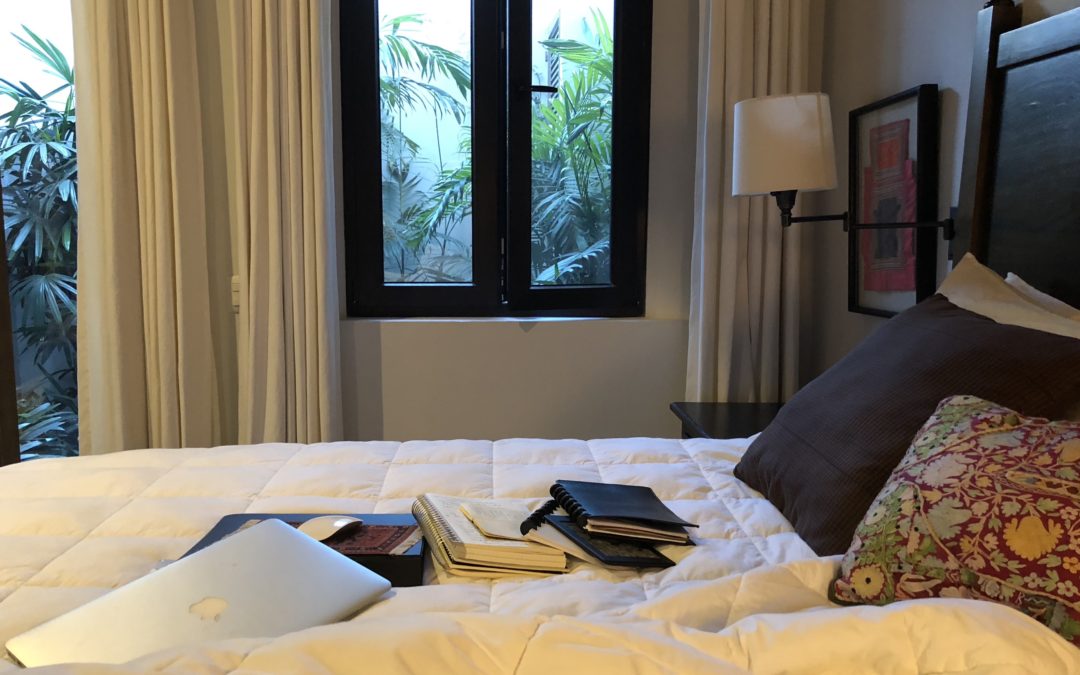
by Sandra Gulland | Mar 20, 2018 | Adventures of a Writing Life, Promotion, The Game of Hope, Work in Process (WIP) |
I’ve been bed-bound for over a week since a minor knee operation to repair a meniscus issue. I’m not going to whine about it! In fact, I’ve discovered that I’m the perfect candidate for this type of life.
On the bed beside me are:
- my Mac Air;
- my Levenger notebook (calendar etc.);
- a Circa notebook fat with my To Do lists;
- another notebook (a Semikolon Mucho Spiral Notebook for the stationery curious), where I’m thinking through The Next Novel;
- a three-ring binder for scene sheets (@ Story Genius), which I’m really using as a support for my mouse pad and mouse);
- my Kindle;
- an iPad;
- and a stack of magazines (The New Yorker, Real Simple, and Bookmarks).
Beside the bed is my walker (required for just a little longer!), a water bottle, clock, and iPhone. Moisturizer, lipstick, post-its, pencil, pen, pills. Snacks, tissue. Basic clutter.
Everything I need, in short, right where I can reach it. The only problem with this rat’s-nest life is that I can’t climb stairs (yet), can’t get up to my office.
But for now, I’m making great use of this time.
Website renovation
With every publication, a writer needs to update his/her website with information about the new book, a new media kit, author events, and a new author portrait throughout.
I didn’t have time to get an author portrait taken this year (I tried a selfie, with poor results), so I’ve used one James Brylowski took of me five years ago.
“Problem is, books are written slowly, and aging happens all of a sudden.” — from a wonderful article: The Agony and the Ecstasy of taking Author Photos.)
Having neglected my website for years, I discovered a number of problems. Fortunately, I was able to find a great website person through Fiverr.com who is helping me. We have quite a bit to do yet.
(Frankly, I don’t know how authors who publish a book a year manage.)
An important part of getting my website more reader-worthy was setting up my Media page. Following the directions of Tim Grahl (see below), I learned to code my Media page so that high-definition images would be automatically downloaded with just a click. I’m fairly stoked that I was able to do this.
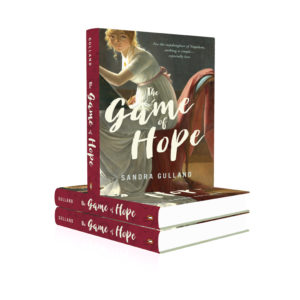
Also, on Fiverr.com, I found someone to turn the book cover of The Game of Hope into a 3D image (see above). For $5!
Easy Outreach with Tim Grahl
When it comes to marketing, I’m a fan of Tim Grahl, He’s experienced, down-to-earth and realistic. I’ve taken a few of his online courses, and they’ve always been worthwhile. Right now I’m following a new one he’s testing out, “Easy Outreach.” Basically, it’s about how to get interviewed on podcasts, but the detailed system he outlines would apply to any outreach: to blogs, vlogs, or podcasts, etc.
An important part of the process is to identify suitable podcasts and to study them before making a pitch. (I’ve discovered a number of wonderful podcasts in the process.) I’m kind of excited about putting this into practice. I ordered a USB Yeti mike, and already have one podcast interview scheduled for the fall.

I’m ready! Who knows where this might lead?
Finally learning Scrivener
I’ve promised myself that I would write The Next Novel on Scrivener. I’ve taken stabs at learning it before, but I’ve always ended up confused and frustrated. It’s a complex programme! I was on the verge of giving up when I came upon a Udemy Scrivener 3 course for Mac. It had excellent reviews so I went for it. It’s been fantastic. I have questions almost every day, and the teacher responds to every one. I take it bit by bit, and immediately apply what I’ve learned, so hopefully it will stick. I’m finally understanding why so many writers love it.
Additionally, I’ve been developing my next novel following the guidelines in Story Genius by Lisa Cron. Puzzling over how to get Cron’s scene card templates into my Scrivener project, I Googled “Story Genius Scrivener” and found a wonderful article by Gwen Hernandez on WriterUnboxed: Using Scrivener with Story Genius. Bingo! She even included a downloadable Scrivener template with scene card templates (and much more).
Watching movies, reading and listening to books and reading magazines …
And then, of course, there have been wonderful movies to watch: Three Billboards Outside Ebbing, Missouri; Call Me by Your Name; and, last night, Lady Bird. All were simply great. Of the three, I found Call Me by Your Name the most enchanting, swooningly European.
And then, of course, books, books, books! In addition to books on writing, I’m reading The Burning Girl by Claire Messud and listening, on Audible, to an amazing performance of The Hate U Give by Angie Thomas.
A hard life, eh?
SaveSave
SaveSave
SaveSave
SaveSave
SaveSave
SaveSave
SaveSave
SaveSave
SaveSave
SaveSave
SaveSave
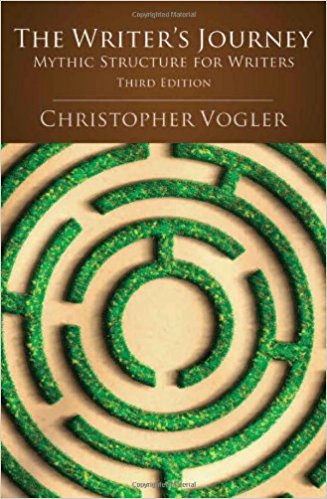
by Sandra Gulland | Mar 14, 2018 | Adventures of a Writing Life, On Character Development |
I promised in my last post on beginning a novel that I would write about creating characters.
Of course, to begin with, I have characters swarming, ideas both historical and fictional. I’ve already searched photo databanks for images that might fit. (Currently, I like using Unsplash for contemporary photos, largely because they tend to be more natural and have personality.)
These incendiary sparks are key, but at a certain point, I have to become analytical.
The first step: The Writer’s Journey
I begin this process by reviewing Part One of The Writer’s Journey; Mythic Structure for Writers, by Christopher Vogler. (This is a book on writing I highly recommend.)
I list the archetypes that traditionally most good stories need:
- Mentor
- Hero/Heroine
- Threshold Guardian(s)
- Herald
- Shapeshifter
- Ally (or Allies)
- Trickster
- Shadow(s)
And then I begin mulling over the characters in My Next Novel (working title, “Raptor Girl”). The roles can be combined into one character (i.e. Shadow and Shapeshifter). I know who my Heroine is, as well as my evil Shadow, and I’m fairly certain that the Mentor is my Heroine’s father. But looking at this list, I realized, Damn, I don’t have a Trickster! And I need one. I need someone to bring humor to this story.
So right now, at this point, I’m still mulling. But that doesn’t stop me from moving onto the next step.
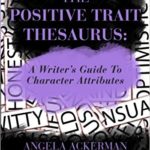
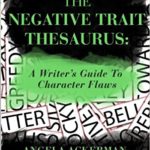
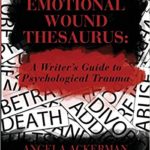
I love these thesauruses. There are more, and I’ve used them all at various stages of writing a novel. At this mulling-about-characters stage, they are a great way to brainstorm. It’s also a good way to identify where the confusions lie.
I immediately identified my heroine Molly as alert (she’s a falconer, after all), and I have a fairly good feel for her brothers and her mother, but her father and the villain remain just a little mysterious to me yet. And who the heck is the Trickster?
Is it the “Wild Woman”?
I’ve long been drawn to having a character I think of as “Wild Woman,” inspired by this amazing portrait:
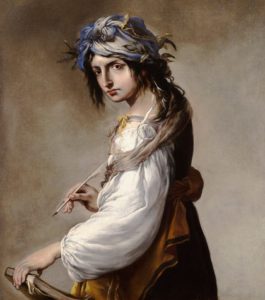
This is “Lucrezia as Poetry” by Salvator Rosa. (An amazing portrait, don’t you think?) But where would she fit in? (Speak to me, Lucrezia!) Might she be a Trickster? Quite possibly. She might well also be a Shapeshifter or even a Mentor.
I’m still in the mulling stage, but it’s time to put together files for all of these characters, including their images, their roles in the story, their positive and negative traits, and (most important) emotional wounds.
And then, step three: the fun part
Once all this begins to congeal somewhat, I will assign sun signs (unless, of course, they are already historically known), and give some thought to where they all fall on an Enneagram chart: Perfectionist? Nurturer? Achiever? Romantic? Observer? Skeptic? Adventurer? Leader? Peacemaker?
I used Enneagram for my most recent novel (The Game of Hope) and Caroline Bonaparte, the Villain, was clearly a #8 (the Boss, Leader or Challenger, depending).
I’ve just bought Believable Characters; Creating with Enneagrams by Laurie Schnebly—so I can’t report on it yet—but there are a number of helpful articles on the Net:
Additionally, if you get hooked on all this—warning: it can become a tempting diversion—there is an online 10-week course available:
Final step: integration
The final challenge will be to pull all this information together and begin to form an integrated concept of each character, filling out the details of their lives, their health, their appearance, their eccentricities.
And then, of course, let them loose in your story!
SaveSave
SaveSave
SaveSave
SaveSaveSaveSave
SaveSave
SaveSave
SaveSave
SaveSave
SaveSave
SaveSave
SaveSave
SaveSave

by Sandra Gulland | Mar 10, 2018 | Adventures of a Writing Life |
{Portrait of Robert Cheseman (1485-1547) by Hans Holbein the Younger. Might this be a model for my heroine’s father?}
I’m at the beginning of writing my next novel, and it’s a joy. I feel happy as a kid in a sandbox. It’s a slow process of discovery, and I expect it to take all year.
The things about my writing process that never change
This will be my seventh novel (ninth, counting the two thankfully unpublished ones), and there are a few things that always remain the same:
- I always feel like a novice starting out.
- I always change my method.
- I always experiment with process.
Story Genius: a great book on writing
This time I’m following the advice given in Story Genius; How to Use Brain Science to Go Beyond Outlining and Write a Riveting Novel (Before You Waste Three Years Writing 327 Pages That Go Nowhere) by Lisa Cron.
By following, I mean that every time the author writes WHAT TO DO, I do it.
Here’s an early example from page 52:
WHAT TO DO Now, you try it. Write a What If that’s as fully fleshed out as you can make it, but still concise.
Here’s another example from page 118:
WHAT TO DO Now it’s your turn. Your goal is to zero in on three turning point scenes that will yield the most story-specific info, the most potent grist for the mill, so that you can, indeed, begin your novel in medias res.
The point of Story Genius is to identify the moments in your main character’s past life that result in an emotional wound so deep that it will propel her (and us) through the novel. It’s a slow process of discovery, but very worthwhile.
I’m at page 194 now, and at this point I’ve written three pivotal scenes from my main character’s early life, an opening scene and a critical scene at the end of the novel. (Cron makes it clear that all of this will inevitably change.)
Getting into the nitty-gritty
Now the task is to begin to “blueprint” the novel, first by setting up folders for each character, for scenes, for ideas, and for the world the story unfolds in. I plan to do all this in Scrivener, but I’m beginning by exploring my characters in more depth.
This, alone, will take time, but it’s truly a pleasure. In my next blog post, I intend to share the tools I have used in the past to develop character, along with some excellent new tools I have discovered.
SaveSave
SaveSave
SaveSave
SaveSave

by Sandra Gulland | Jul 26, 2017 | Adventures of a Writing Life |
I started writing this post six months ago, back when The Game of Hope was titled Moonsick. As part of the final revision, then, I was looking for “legal” and “illegal” words—that is, words that didn’t exist in 1800.
Here are the words and phrases I was surprised to discover were sufficiently ancient:
eavesdropping
suicide
like wild
in the pink
I continued to do this for every draft that followed, keeping a master list of okay, and not okay words.
I sent in the “final final” draft yesterday around 2:00, and last night, at dinner, I made a note to check yet another word. (Can I find that post-it now? No!)
The next step
The next time I see This Book of a Thousand Drafts (in only two weeks) it will have been transformed into “pages”—that is, looking more and more a book. At this point, there will be a limit to the type of changes I will be able to make. The odd word here and there, perhaps. A paragraph cut or added? Certainly not. Anything that would throw the layout off would topple the entire structure like a house of cards.
I recall that it used to be that an author could make minor changes at this stage—to what we then called galleys—but beyond that, he or she paid, because it was costly for the publisher to make changes.
I’m incapable of not making changes, however, and I remember going over each line carefully, dotting each page with corrections. And then the corrections to the corrections would have to be checked, etc., etc., etc. Indeed, the moment I hold the published book in my hand, I will set an extra copy on the shelf marked “changes.” This copy will also get marked up.
I was, I hope, more cautious with this final draft of The Game of Hope, and will examine the coming pages carefully—because next will be ARCs (Advance Reading Copies), and it’s painful to see glaring errors at that stage. (I trashed an entire box of Tales of Passion, Tales of Woe ARCs because of all the errors.) It’s acceptable to have a few mistakes in an ARC, but I dislike it.
And beyond …
Someone once defined publishing as bringing a forcible halt to the writing process. The publishing process can be ongoing—there will be (one hopes) a paperback edition, foreign editions—it’s never-ending. Paul Kropp once told me that he never really understood one of his novels until he rewrote it for the UK edition. The Life of Pi was first published in Canada, but I read that it underwent massive editorial surgery for its UK edition—the version the world loved.
The transition to digital has made the process somewhat smoother, but there have been glitches. I used to make editorial notes to myself in my Word document, formatting them as invisible. In the early days of the transition to digital, some of these “invisible” asides showed up in the Pages for Tales of Passion, Tales of Woe. And so, in a poignant scene, up pops my editorial: Wouldn’t her doctor have considered a venereal disease? I still remember the shock I felt seeing those words in the text of my novel. The production department lost sleep over that glitch, too, making sure that there were no others.
SaveSave
SaveSave
SaveSave
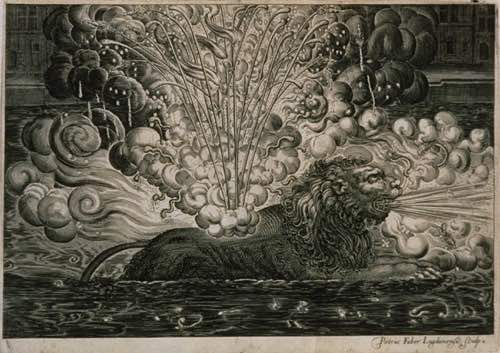
by Sandra Gulland | Jan 5, 2017 | Adventures of a Writing Life |
The image above is Fireworks for the Entry of Louis XIII and Anne of Austria: The Lion, in “Reception de Louis XIII,” Lyons, 1623.
Happy New 2017!
I like the feel of this year already. I’ve weaned myself — to some extent — from toxic international news and immersed myself in finishing the eighth draft of Moonsick, my YA novel about Josephine’s daughter Hortense. (Yikes! Due this month.)
The funny side of revision
This is what revision sometimes feels like … 
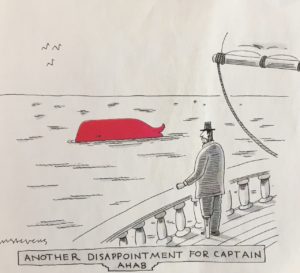
A New Yorker cartoon.
Newsletter coming
I’m also getting ready to send out a newsletter. Sign up here if you haven’t done so already. I will post links to it when it’s ready, but one advantage of signing up is that a subscriber wins one of my books with each newsletter.
A great audible edition of Middlemarch
When I’m not revising, or enjoying one of the many wonderful restaurants here in San Miguel de Allende with my husband, or puzzling over my latest watercolour, I’m listening to an absolutely outstanding audible edition of Middlemarch by George Eliot. This classic novel was destined to be forever on my Novels I’m Embarrassed to Admit I’ve Never Read List — in part because I just couldn’t cope with the pace and prose — but the narration by Juliet Stevenson really makes it come alive. Highly recommended!
Again, Happy New Year! You readers are the absolute best.

What audible recordings are your favourite? I’m always looking for recommendations.














